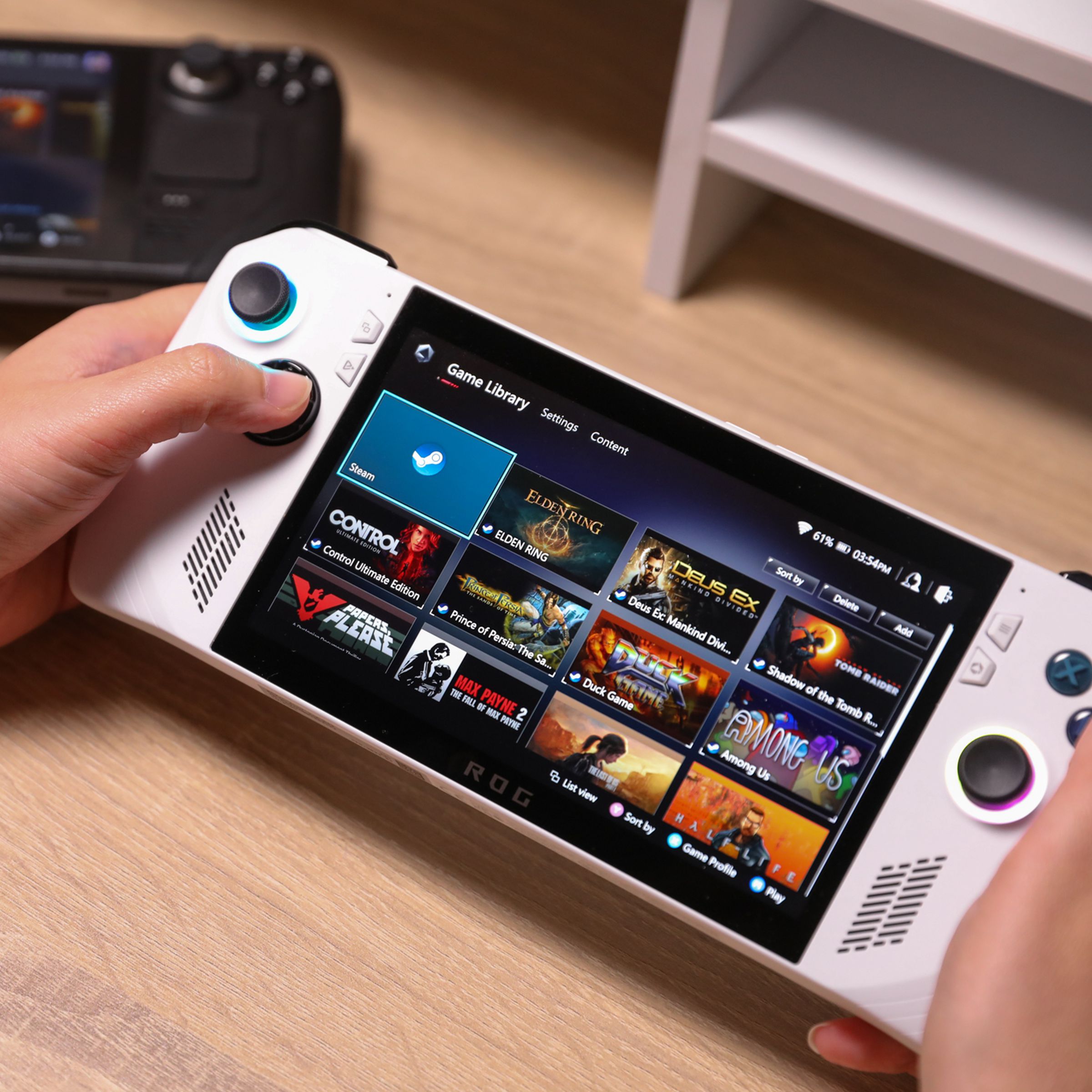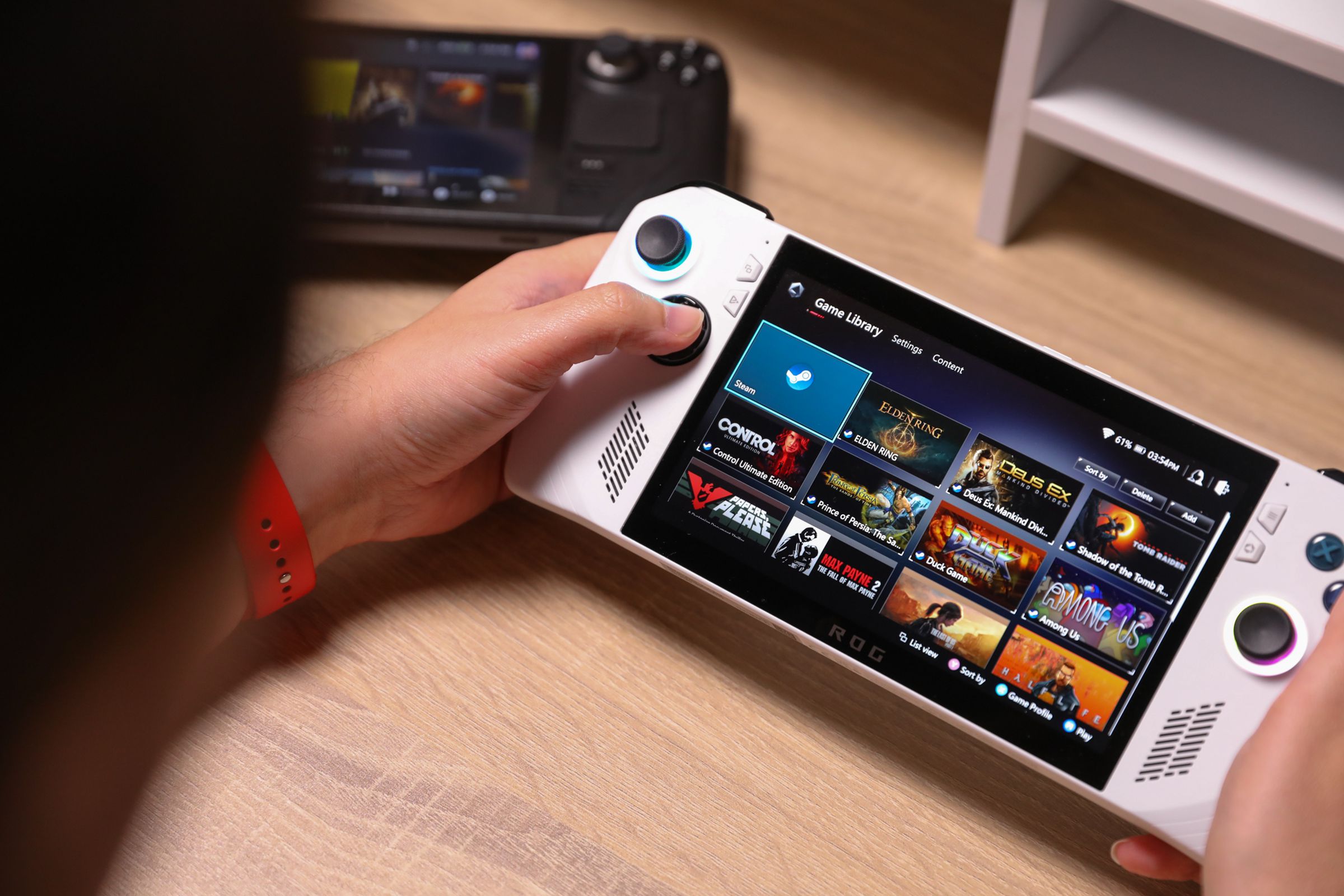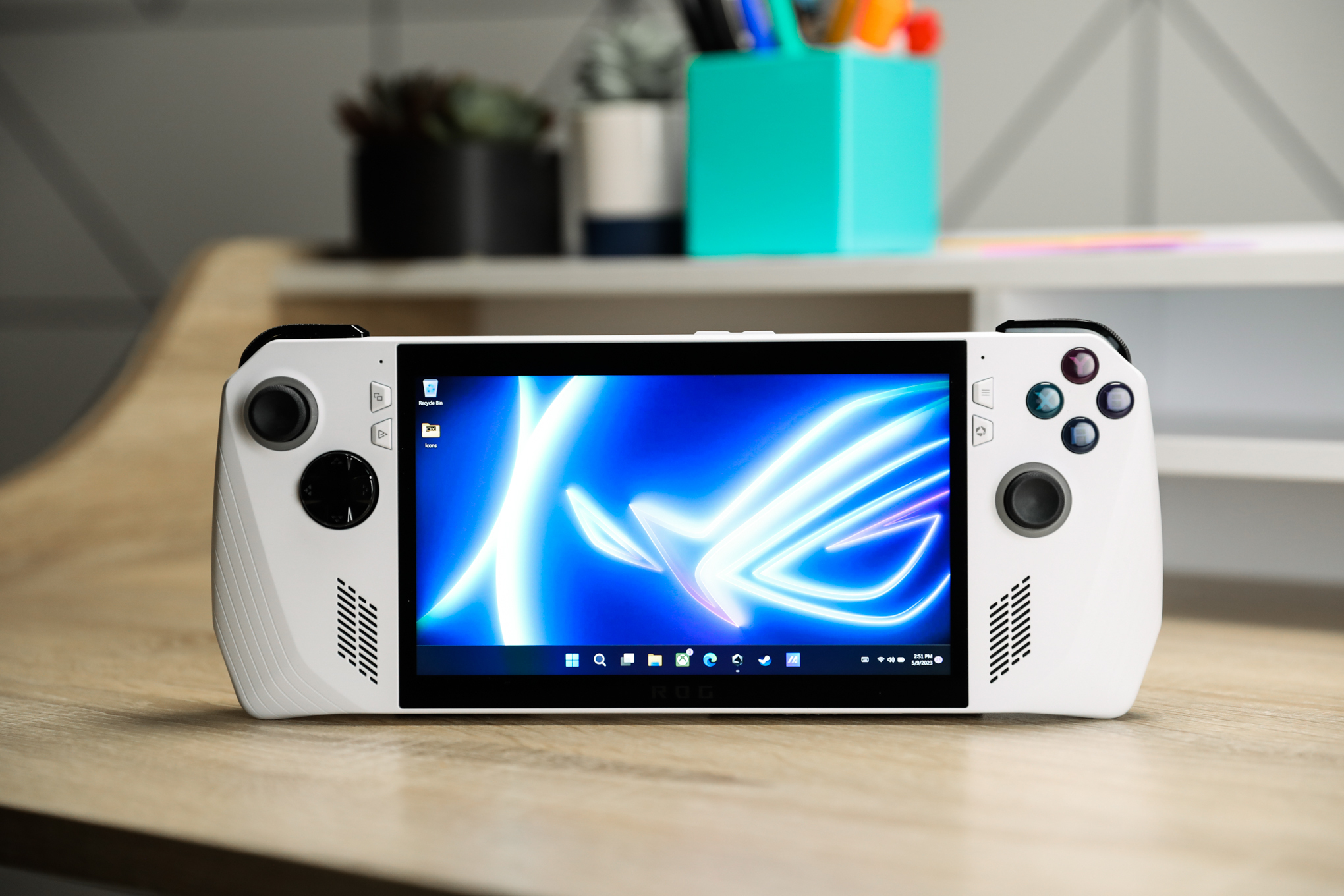The Dawn of a New Gaming Era: The Asus ROG Ally
In the ever-evolving world of gaming, the Asus ROG Ally has made its grand entrance. This Windows gaming handheld device has been released worldwide, marking a significant milestone in the gaming industry. The ROG Ally is a testament to the technological advancements that have been made in the gaming world, and it is a clear indication of the direction in which the industry is heading.
The Evolution of the Asus ROG Ally
Since its initial review, the ROG Ally has seen a series of improvements. The Armoury Crate launcher, which was initially a point of contention for many users, has been fixed and is now more user-friendly. The ABXY buttons, which were initially flat and somewhat difficult to use, have also been improved. These changes have significantly enhanced the user experience, making the device more enjoyable to use. However, it's not all sunshine and rainbows. There have been reports of decreased performance, which is a significant concern for a device that is primarily designed for gaming. While the battery life has slightly improved, it still leaves much to be desired.Design Choices: A Mixed Bag
The design choices of the ROG Ally have been a topic of much discussion. The flat ABXY buttons, while improved, are still a point of contention for many users. The use of the Windows operating system, while offering better game compatibility, is somewhat foreign on a handheld gaming device. Some users have found it clunky and difficult to navigate without a keyboard.
Despite these concerns, the ROG Ally boasts a sleek design and a 1080p display, making it a visually appealing device. It is smaller and thinner than many of its competitors, making it a more portable option. The controls are easy to reach, and the device includes a fingerprint sensor, volume rocker, and a single USB-C port, adding to its convenience.
Performance: A Work in Progress
The performance of the ROG Ally is a mixed bag. Initially, the device's performance was underwhelming. However, after updating the system, framerates improved by 15 to 25 percent. The device also features a Turbo mode that boosts power draw, allowing for higher framerates in games. This is a significant advantage for gamers who value high-quality graphics and smooth gameplay. However, the device's battery life is shorter than many of its competitors. This is a significant disadvantage for a handheld device, as it limits the amount of time that users can play games without having to recharge the device.The Windows Dilemma
The ROG Ally runs on Windows 11, which, while offering better game compatibility, can be clunky on a handheld device without a keyboard. The device can run any Windows game, but the experience is not always smooth and may require additional steps to get games running. This can be a significant disadvantage for users who value a seamless gaming experience.

